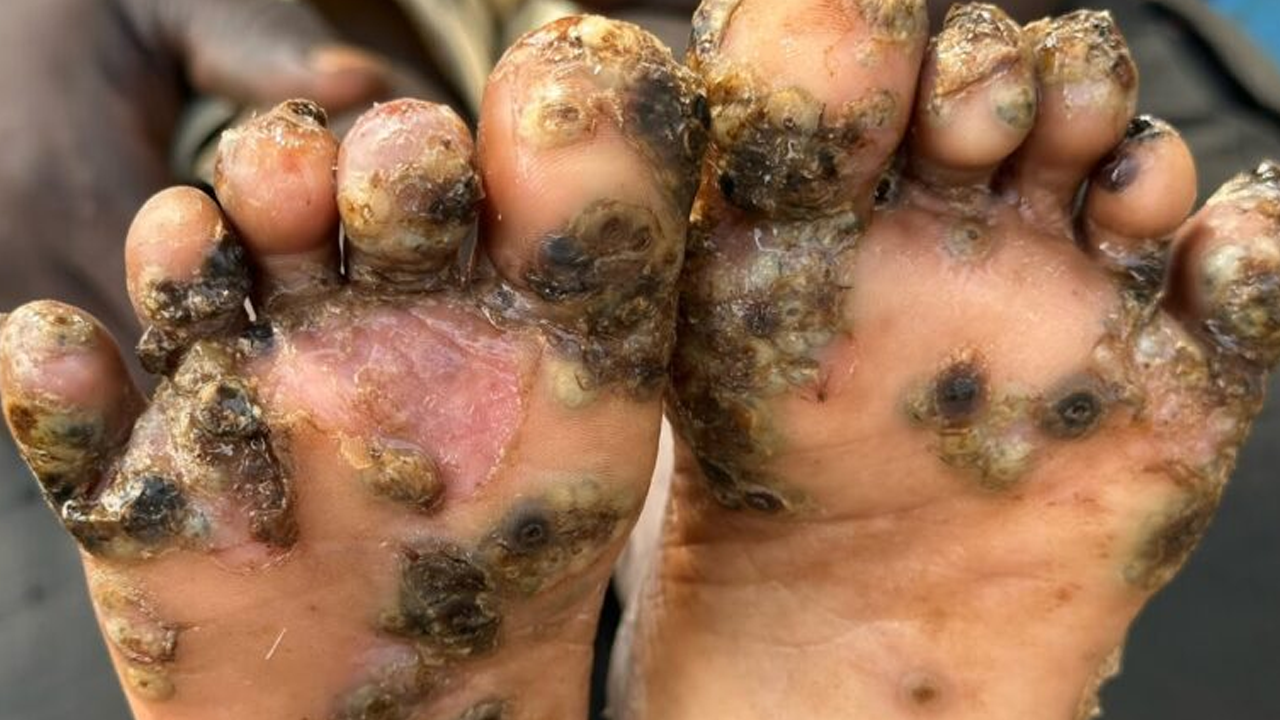Understanding and Managing Foot Inflammation: A Comprehensive Guide
Foot inflammation, characterized by swelling, redness, heat, pain, and tenderness, can stem from numerous underlying causes. Ignoring these symptoms can lead to further complications, so understanding the potential sources and appropriate management strategies is crucial. This guide explores common causes and offers advice on when to seek professional medical help.
Common Causes of Foot Inflammation
Several factors can trigger inflammation in your feet, each requiring a different approach to treatment. Let’s delve into some of the most prevalent causes:
Injuries and Trauma
Sudden injuries like sprains (ligament injuries), strains (muscle or tendon injuries), and fractures can all lead to significant foot inflammation. A sprain occurs when a ligament is overstretched or torn, resulting in pain, swelling, and tenderness exacerbated by movement. Similarly, a strain involves overstretched or torn muscles or tendons. Fractures, on the other hand, represent a break in one or more bones in the foot, often causing considerable swelling and inflammation. Initial treatment typically involves the RICE protocol (Rest, Ice, Compression, Elevation), but more severe injuries may require immobilization with a cast or boot.
Arthritis
Arthritis, encompassing a range of joint disorders, is a significant contributor to foot inflammation. Osteoarthritis, a degenerative condition, arises from the breakdown of cartilage within joints, leading to pain, swelling, and stiffness, particularly in the toes and ankles. Rheumatoid arthritis, an autoimmune disease, causes chronic inflammation in the joints, affecting the feet and potentially leading to joint deformities. Management strategies range from anti-inflammatory medications (NSAIDs) and disease-modifying antirheumatic drugs (DMARDs) for rheumatoid arthritis to physical therapy and, in some cases, corticosteroid injections.
Bursitis
Bursae are fluid-filled sacs that cushion the joints. Bursitis, the inflammation of these sacs, often occurs in the foot, particularly retrocalcaneal bursitis (inflammation of the bursa behind the heel). Rest, ice, and anti-inflammatory medications are common treatments. Severe cases might necessitate draining the bursa or corticosteroid injections.
Gout
Gout, a type of inflammatory arthritis, is caused by a buildup of uric acid crystals in the joints. It frequently affects the big toe, causing sudden, intense pain, redness, and swelling, often beginning at night. Colchicine and NSAIDs help manage acute gout attacks, while long-term management often involves medications to lower uric acid levels.
Plantar Fasciitis
Plantar fasciitis, characterized by inflammation of the plantar fascia (the thick tissue on the bottom of the foot), is a common source of heel pain and swelling. Treatment involves rest, ice, stretching exercises, anti-inflammatory medications, custom orthotics, and potentially physical therapy.
Tendinitis
Overuse or injury can inflame the tendons in the foot, leading to tendinitis. Achilles tendinitis (affecting the Achilles tendon) and posterior tibial tendinitis (affecting the tendon supporting the arch) are common examples. Treatment strategies include rest, ice, compression, elevation, anti-inflammatory medications, and physical therapy to strengthen and stretch the affected tendons.
Infections
Bacterial infections, such as cellulitis (infection of the skin and underlying tissues), can cause redness, swelling, warmth, and pain in the foot. Cellulitis requires antibiotic treatment, and prompt medical attention is crucial, particularly if accompanied by fever or chills.
Edema
Edema, or fluid retention in the feet, can lead to swelling. Underlying conditions like heart failure, kidney disease, or poor circulation often contribute to edema. Treatment focuses on elevating the feet, compression stockings, and managing the underlying medical issue.
Diabetic Foot Inflammation
People with diabetes are at increased risk of foot inflammation due to nerve damage (neuropathy) and poor circulation, leading to infections, ulcers, and other complications. Careful diabetes management, including blood sugar control and regular foot inspections, is paramount. Medications, footwear adjustments, and wound care may also be necessary.
General Management and When to Seek Medical Help
General strategies for managing foot inflammation include rest, ice application, elevation, compression, and over-the-counter NSAIDs. Supportive footwear is also essential.
However, it’s crucial to seek medical attention if inflammation is severe, persistent, accompanied by fever, impairs your ability to walk, or worsens despite self-care. A healthcare professional can diagnose the underlying cause through X-rays, blood tests, or ultrasounds, ensuring appropriate treatment. Early intervention is key to preventing complications and restoring foot health.



